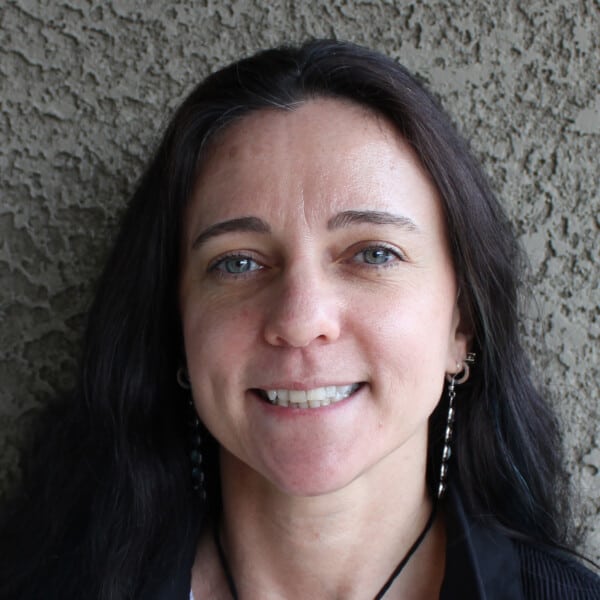PSI Personnel
External Partners
- Southwest Research Institute
Project Description
(1) Dr. Amanda Hendrix will analyze LAMP dayside data, with a focus on regional variations in UV signatures that are the result of space weathering, hydration and composition. An additional focus will be analysis of the newer door-open mode data to study hydration. Hendrix will do spectral modeling to study the effects of particle size of SMFe (e.g. nano vs. microphase) in swirls vs. fresh craters. She will analyze swirls at different viewing geometries to understand FUV photometric characteristics. Furthermore, Hendrix will study the FUV spectral and photometric characteristics of particular regions, including irregular mare patches (IMPs) and Compton Belkovich, to better understand these regions. Hendrix will also oversee LAMP-related laboratory measurements, performed by PSI lab manager Neil Pearson, of lunar-relevant minerals over a range of grain sizes, for comparison with LAMP data. The lab data will be analyzed by Hendrix, Vilas and Kramer in concert with the LAMP data. Dr. Hendrix will also work with students Lizeth Magana and Elizabeth Czajka to help to guide their LAMP research.
(2) Dr. Faith Vilas will collaborate with Drs. Hendrix and Kramer on the comparisons between LAMP data and datasets from both LRO (e.g. LROC) and other lunar space probes (e.g. M3, Kaguya). Preliminary results extracting spectra from the Kaguya Spectral Profiler will be intercompared with the results from LAMP showing diurnally varying lunar hydration at the molecular level, disconnected with the presence of the Moon in the Earth’s magnetotail (e.g., Hendrix et al, 2019). She will concentrate on mid-latitudes of the Moon, specifically looking for evidence that space weathering and surface hydration are or are not coupled in lunar surface processing. If decoupled, are these processes competing for surface processing, and do they vary depending on gross (mare, highlands) and fine (e.g., particle size) surface characteristics? The presence of the UV water absorption edge in the far-UV (near 165 nm) seen in LAMP data and indicating hydration, the evidence for space weathering in the UV/blue spectral region apparent in slope differences between 300 – 400 nm, evidence in the visible and IR spectral region for different forms of water and types of hydration processes, will all be intercompared.
(3) Dr. Georgiana Kramer will analyze LAMP data to study lunar swirls, the lunar surface hydration phenomenon, and the effect of grain size, composition, and maturity on UV spectra. She will also utilize LAMP data to validate spectrally-derived TiO2 abundances of specific regions, targeting the range in TiO2 abundances. She will do comparative analysis of LAMP with other multispectral camera and spectrometer data of the Moon, such as Moon Mineralogy Mapper, Kaguya, and Clementine. Dr. Kramer will also contribute her expertise of Moon Mineralogy Mapper data in contributions to LAMP team members’ investigations, as needed.
(4) The PSI scientists will support LAMP science team meetings, present results at conferences, submit manuscripts for publication; they will also participate in LRO PSWG meetings as possible.
(5) Dr. Hendrix, Dr. Vilas and Dr. Kramer will submit monthly reports to the LAMP Project Manager comprising areas worked on, accomplishments and problems encountered due the 5th of the following month.




